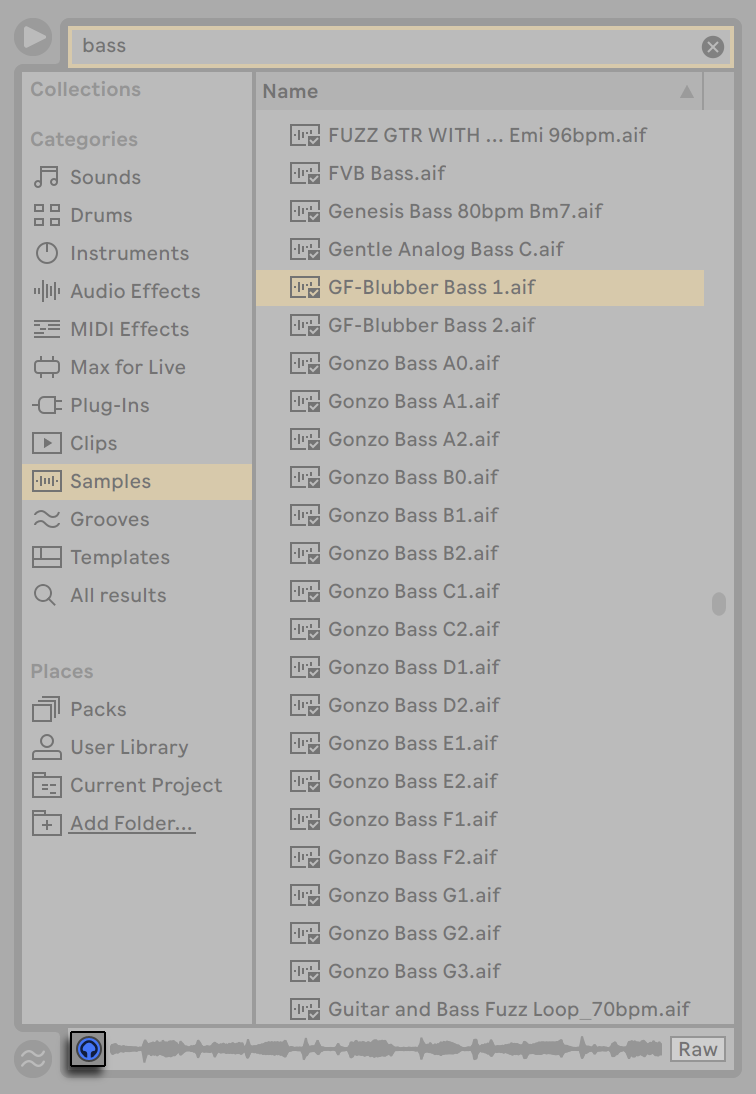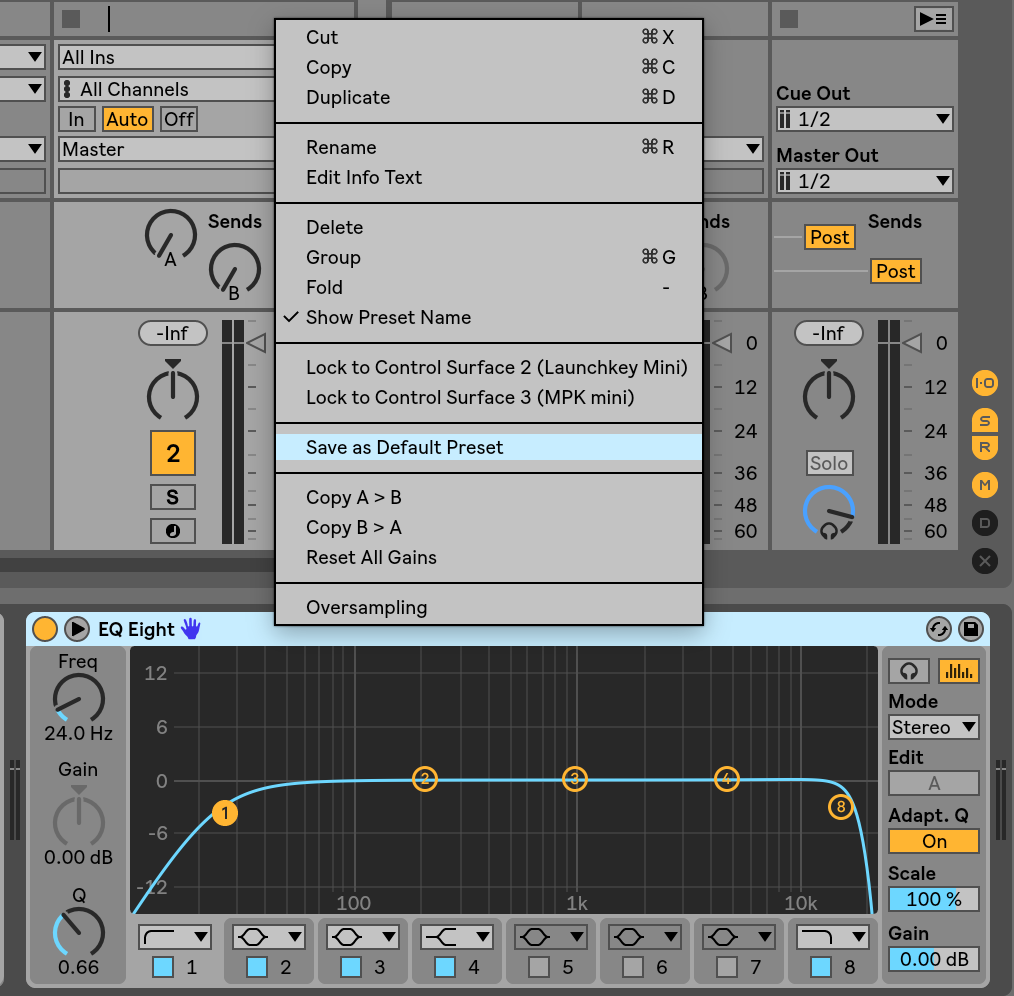
The key & BPM conventions come from Mixed In Key and you can have that software rename your tracks in this way for you simply by loading them in (it’s a preference you can set). You can access our huge range of music theory lessons and production tips and tricks here.Here are some naming conventions you’ll need to know whilst doing this. Here at Live Aspects, we have dozens of useful lessons and tutorials created to enhance your music production skills and help speed up the learning process. rar format, simply right-click your project folder and select ‘Compress’.

If an online file storage service requires files to be in. Alternatively, you can copy and paste the folder onto an external storage device like a USB, SD Card or a hard-drive. Your project is now ready to be shared! Ableton Live projects can be uploaded and shared using an online file storage service such as Google Drive or Dropbox. The icon of your project folder should look like the one below: Open Finder (Mac) or File Explorer (Windows) and navigate to the location of your Live project’s folder. Make sure that ‘Yes’ is selected for all four media types. This function collects all the samples used in your project from your hard-drive and stores them in the project folder.Īfter selecting ‘Collect All and Save’, a window will pop up asking which used media files you would like copied into the project folder.

Next, head to the File menu and select ‘Collect All and Save’. If the person you are sharing your project with does have the external instrument plugins your project contains, they can simply right-click on the MIDI track and select ‘Unfreeze’ in order to edit any MIDI clips it contains. To freeze a MIDI track, simply right-click on the track name and select ‘Freeze’. This will allow others to playback the content in each of your MIDI tracks if they do not have the VST instrument installed. Massive, Serum, Sylenth1), make sure to freeze them. If your project contains MIDI tracks with external VST instrument plugins (eg. Alternatively, select your project from the ‘Open Recent Set’ list. Next, navigate through your files and folders and double-click on your project’s. Head to the File menu at the top of the Live window and select ‘Open Live Set’. Start by opening up the Ableton project you would like to share.

Without further adieu, let’s get started! Hi, I’m Ben from Live Aspects and in six easy steps, I’ll be showing you the most efficient way to share your Ableton Live projects.

Ableton’s innovative ‘Collect All and Save’ feature saves all samples used in your project to the project folder so nothing is missing when others go to open your session. Live comes with a series of unique tools that makes it easy to share your Ableton projects with friends. Sending an Ableton Live project is essential when collaborating with other artists.


 0 kommentar(er)
0 kommentar(er)
